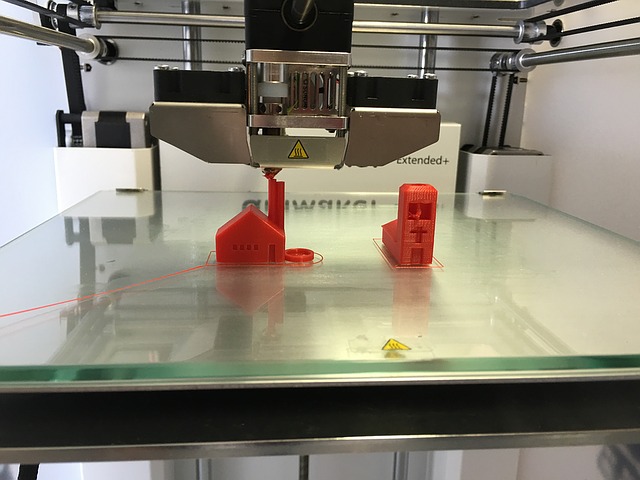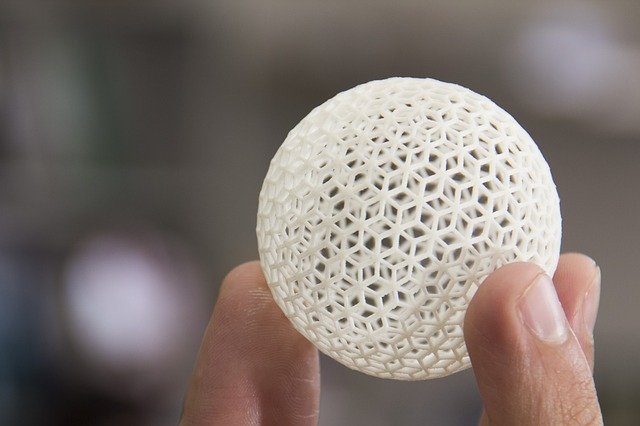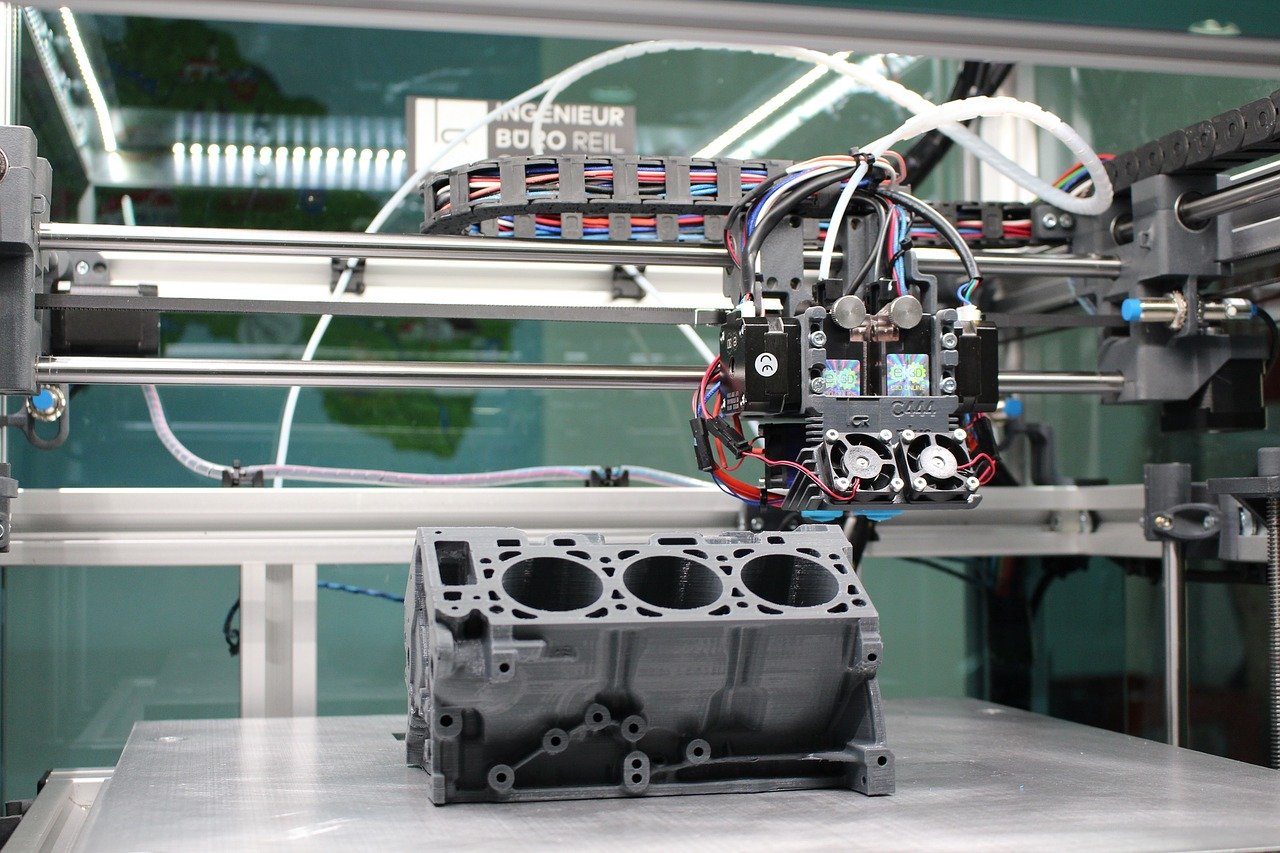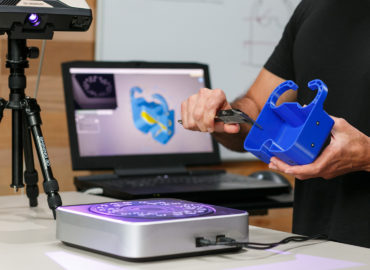What Is 3D Printing?
3D printing is part of a manufacturing process called additive manufacturing. There are numerous manufacturing processes in the industrial world today. 3D printing finds core relevance is additive manufacturing. Additive manufacturing is one where an object is created by adding material layer by layer.
Additive manufacturing allows designers to produce and develop several parts of machines for small units and at a little cost. This form of production saves time, human resources, and logistics that would have been used in large scale reproduction of a similar part.
Traditional manufacturing processes such as forging, moulding, and sculpting are eliminated. 3D printers have enabled smaller consumer-friendly part production for home, small businesses, and educational uses.
3D printing technology is changing the way we produce objects from spare parts, tools and instruments, clothing, and body parts.
History Of 3D Printing
3D printing dates to the late 1980s in Japan, and it was called Rapid Prototyping (RP) technologies. This is because the procedure is fast, lean, and more cost-effective for creating different models for product design in the manufacturing industry.
However, the origins of 3D printing technology can be traced back to 1986, when it was used for stereolithography apparatus (SLA).
The first commercial RP system, the SLA-1, was introduced to the public in 1987 and sold in 1988.
How To Begin 3D Printing
To begin with 3D printing, the first step is designing the model of the part you want to print. Although this is not exactly necessary for some designs as there is a database online called repository where designed objects can be drawn from.

Modeling CAD software such as Blender, Maya, Cinema 4D, Lightwave etc., can be used to create your designs or you can visit websites like Thingiverse, Shapeways, or Tinkercad to find objects other users have 3D modeled.
When you create it yourself, you can choose to use a 3D scanner or 3D modeling software.
When the design is ready you can then print using the special printers. The special printers use a unique technique to complete the printing.
Materials Used In 3D Printing Technology
Plastic remains the most widely used material in 3D printing. Although the designers have started using other materials that aid in the creation of superb designs. The use of 3D printing in the additive manufacturing industries has resulted in the rise of new materials. Doctors are beginning to test the viability of biomaterials in regenerative medicines. Small body parts such as the nose, the ear is created now using human cells. Whether you are using plastic, metal, or a human cell, 3D printing technology is cheaper than traditional methods in making large volumes of consumer goods such as PET bottle caps.

Traditionally, 3D printing works by fusing metal powder layer by layer with a laser. This process is a single-point which has limitations of the laser speed. The ripple effects are far-reaching.
Types Of 3D Printing Technologies
Just like every other manufacturing process, there are different methods to print objects using 3D Printing Technology.
They are:
- Material Jetting
- Powder Bed Fusion
- Sheet Lamination
- Material Extrusion
- Vat Photopolymerisation
- Directed Energy Deposition
- Binder Jetting
Future Of 3D Printing
The things that can be done with additive manufacturing a few years from now are in some part beyond our imagination.
Recent advances could launch 3D printing into a new era for the aerospace manufacturers for making a prototype of machine parts.
All Airplanes will soon have 3D printed parts. Presently, Aircraft are full metal flying objects as years go by they get more and more modernized. More airplanes are now comprised out of 3D printed pieces. Materials used are titanium not plastic this new and easy way of making parts will save Boeing up to $3 million per airplane. The entire airline industry will benefit big-time from 3D printing, and this is only the beginning new industries will adopt 3D printers and robots as well they are the future.
3D printing technology will help newborn babies and organ donors to find a match. Medical 3D printing handle bones, tissues, prosthetics, heart valves, blood vessels, drugs, and even synthetic skins. These technologies are being tested on animals and will pass the trial stage shortly. 3D printing will take over complex human jobs as these 3D printing machines are becoming so advanced people should rethink their future jobs over the next 10 to 20 years as the robots will replace some of the jobs done by humans. 3D printers are also capable of doing complex tasks manufacturing, and textiles are at a high risk of being replaced by 3D printers and robots, especially in third world countries companies are not rushing to replace humans. Still, if salaries keep rising, they will be forced to switch sooner or later.
Researchers at the Massachusetts Institute of Technology (MIT) are developing new materials and machines to help make 3D printing more practical for manufacturers. They’re grappling with familiar obstacles. This technology makes designers think beyond the models. But to do this, they first had to build something more significant, the most abundant metal 3Dprinter in the world.
Fashion is already on board with 3D printing. 3D printing in the fashion industry has seen early success since the printers are now working with a wide range of materials. Many brands are selling 3d printed garments and jewelry, but the luxury design is different.
The freedom 3D printing offer scares luxury designers a lot because the counterfeit industry is worth five hundred billion dollars.
Nowadays 3D printers are accessible to anyone who has $200 or more, of course, you need to know how to use it and have the patience throughout the entire process. Still, you can make pretty much anything with it they model with ABS plastic nylon glass-filled polyamide silver titanium steel wax and polycarbonate. People make jewelry with the printer small toys tools bowls pots holders and anything you can think of it’s an excellent tool for creative people and adventurous programmers most of them work with STL files that are available on the web, of course, you can also DIY the entire process.





